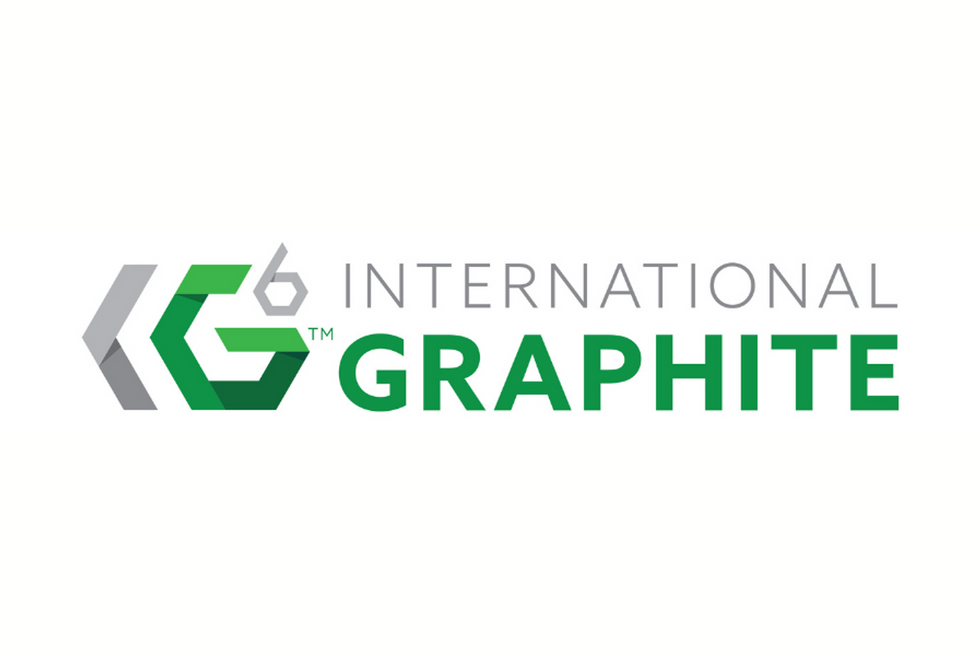The Daily Fusion reported that using lithium, scientists at the University of Maryland Energy Research Center and Australia’s Monash University have made a graphite sheet that is transparent and highly conductive. It could be used in solar cells, flexible displays and touchscreens.
The Daily Fusion reported that using lithium, scientists at the University of Maryland Energy Research Center and Australia’s Monash University have made a graphite sheet that is transparent and highly conductive. It could be used in solar cells, flexible displays and touchscreens.
As quoted in the market news:
‘Natural materials are designed in a way that there is nearly always a tradeoff between transparency and conductivity,’ explains Department of Materials Science and Engineering (MSE) graduate student Jiayu Wan, a member of MSE assistant professor Liangbing Hu’s research group. ‘For example, metals are very conductive but not transparent, while plastics can be transparent but are not very conductive.’
A growing number of products rely on a single material that must have both high conductivity and high transparency. Solar cells, touchscreens and flexible displays are among the things that require transparent electrodes in order to work.
‘The performance of lot of the materials used in those applications, such as indium tin oxide or carbon nanotubes, is still not quite satisfying,’ says Wan. ‘Ideally, industry would like a material with 90% transmittance and only 10 Ohms-per-square of sheet resistance, but no such material has been available until now.’



